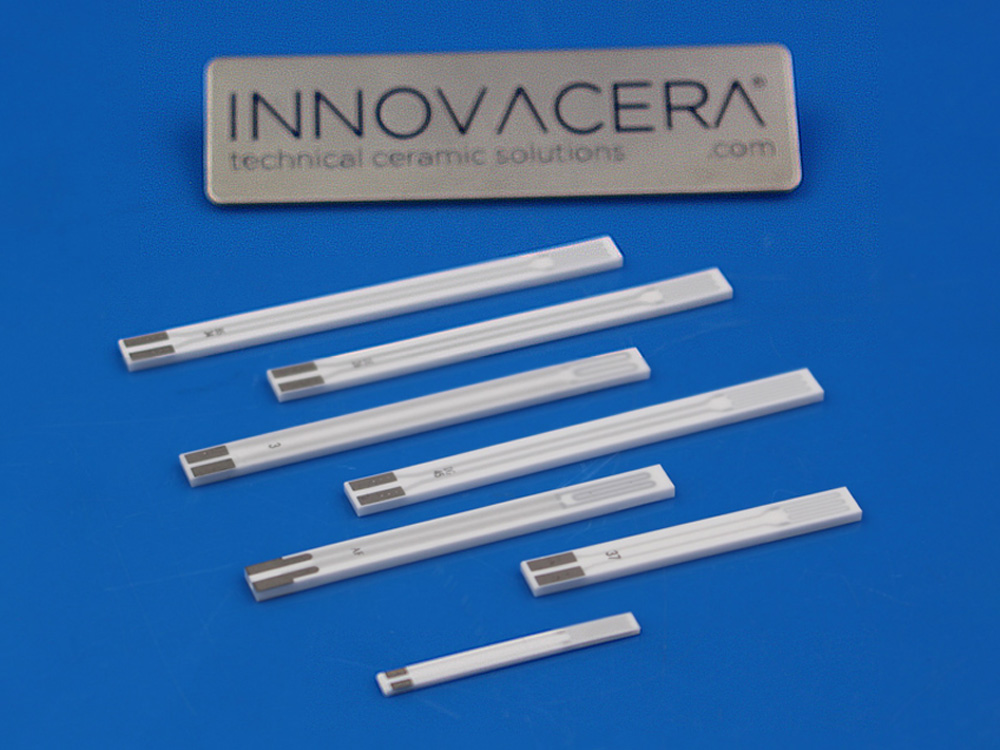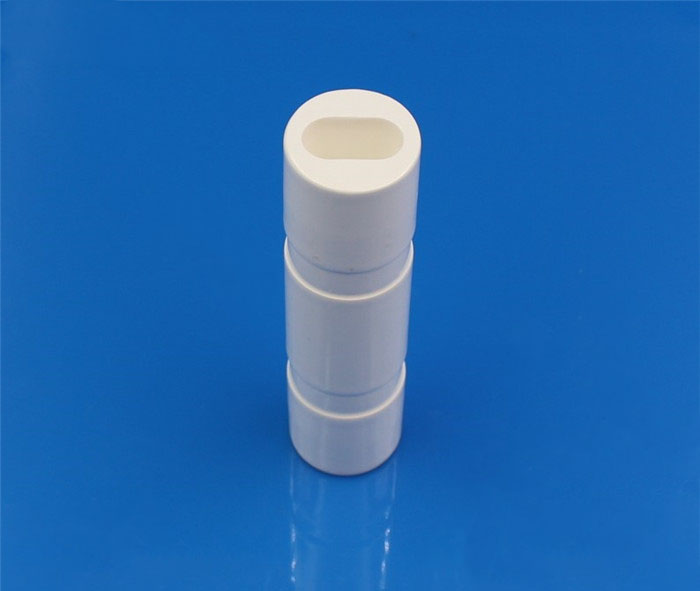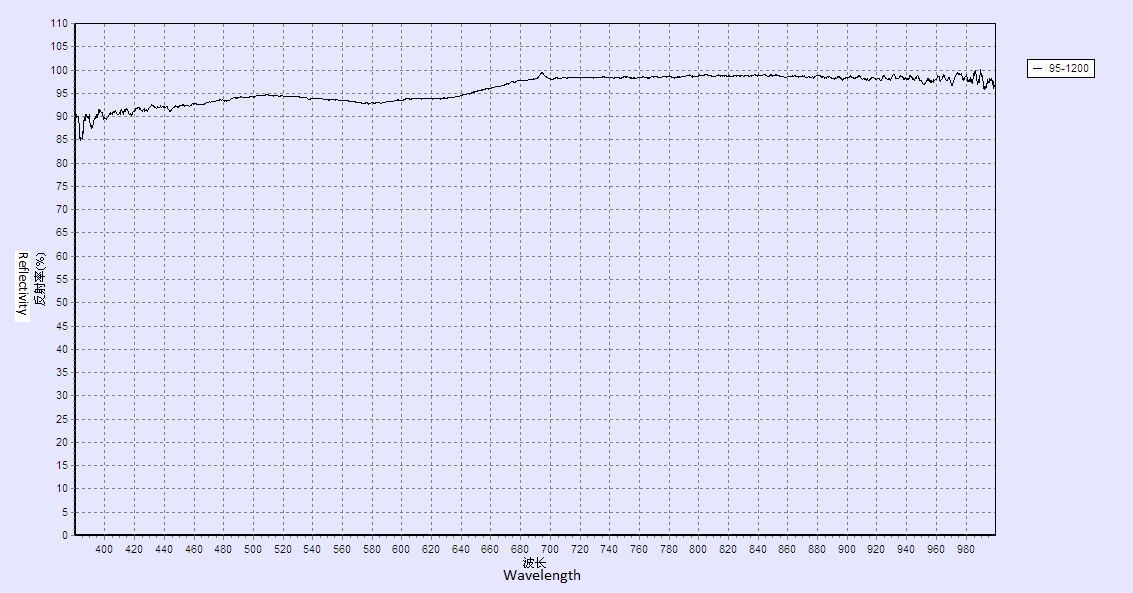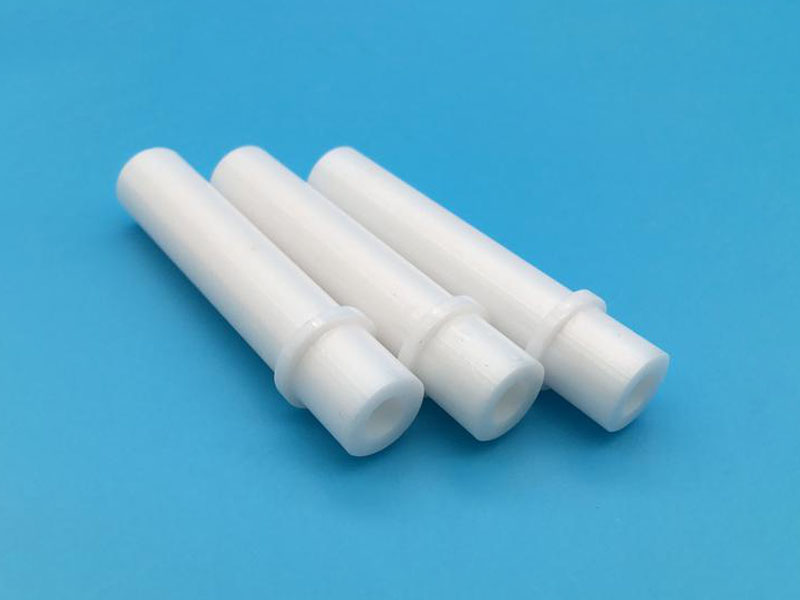
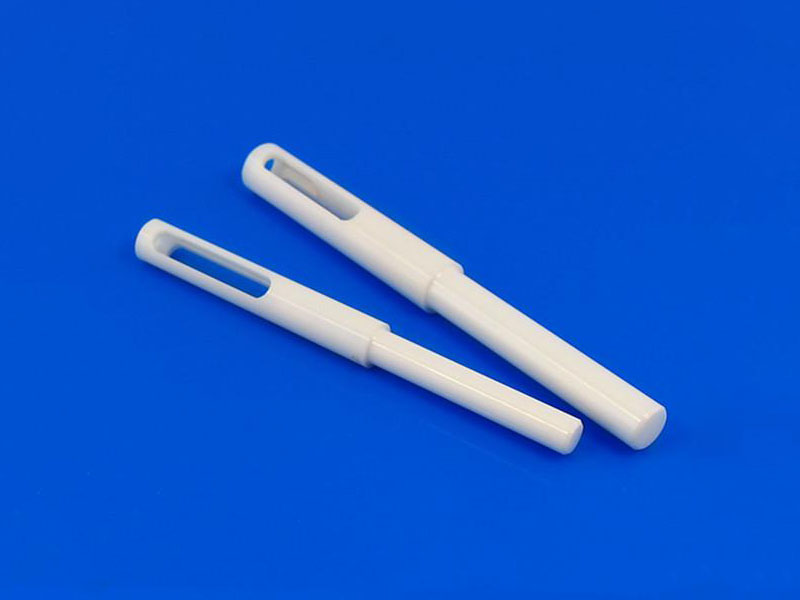
Optical fiber communication is a communication method that uses light waves as the carrier and optical fiber, ie, optical fiber, as the transmission medium. Since its appearance, it has brought about major changes in the fields of technology and society. It can be said that without it, there would be no modern communication network. Therefore, as one of the core technologies of the information age, the demand for optical fiber communication is increasing day by day. In the optical fiber communication system, a kind of precision device made of special ceramics plays a very important role, that is, the ceramic ferrule. It is the most commonly used and most precise positioning component in optical fiber communication networks and is often used in the manufacture of optical fiber connectors and optical coupling of devices.
Fiber connectors are indispensable passive components in optical fiber communication systems. They are mainly used to precisely connect the non-permanent two end faces of the equipment room, equipment and instrument room, equipment and optical fiber, and optical fiber and optical fiber in the system. The light energy output by the transmitting fiber is coupled to the receiving fiber to the maximum. Most fiber optic connectors consist of three parts: two mating plugs (ferrules) and a coupling sleeve. The two ferrules are installed into the two fiber ends; the coupling sleeve acts as an alignment, and the sleeves are mostly equipped with metal or non-metal flanges to facilitate the installation and fixation of the connector.
Therefore, the main function of the ceramic ferrule is to fix the optical fiber and realize the physical connection of the two end faces of the optical fiber, so that the optical signal can be continued to form an optical path. The materials that can be used to prepare ferrules are ceramic, metal, or plastic. Among them, ceramic ferrules are widely used. The main material is zirconium dioxide (ZrO2), which has good thermal stability, high hardness, high melting point, wear resistance, and high processing accuracy, and other features.
